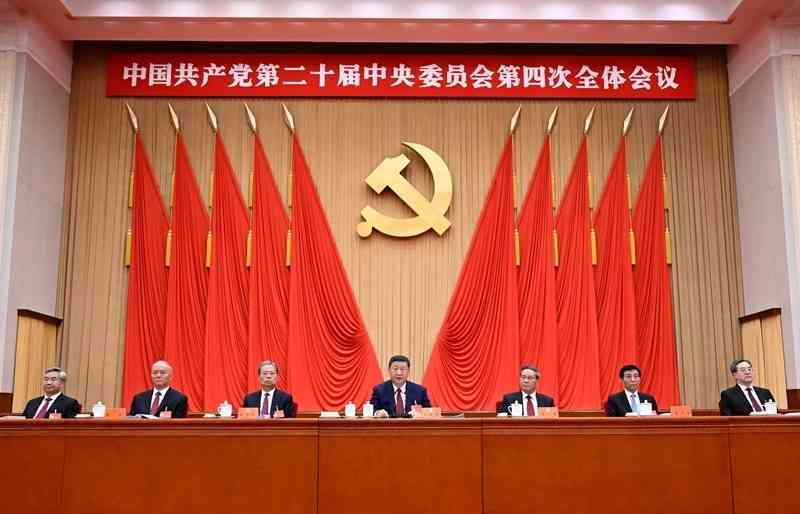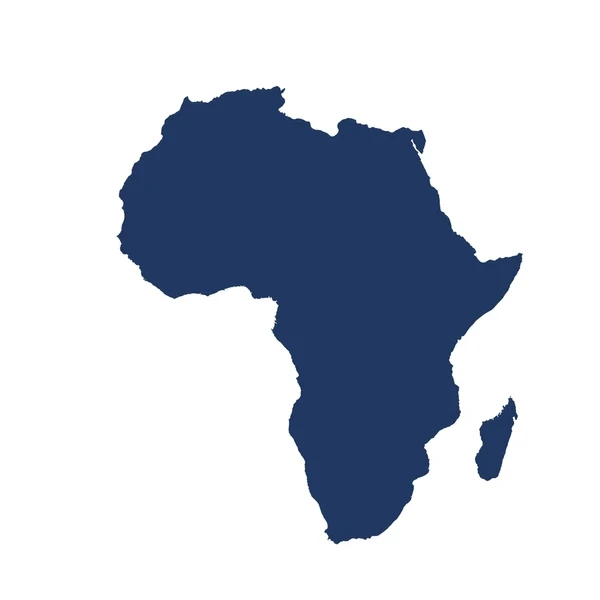
This document serves not only as an internal policy guide but also as a significant indicator of China’s long-term economic strategy, offering valuable insights for African partners, especially Zimbabwe, on the importance of local value addition, diversified self-sufficiency, and robust domestic reforms in a changing global landscape.
The Communique of the Fourth Plenary Session of the 20th Central Committee of the Communist Party of China (CPC), which outlines recommendations for the 15th Five-Year Plan for Economic and Social Development (2026-2030), marks a pivotal moment in China's journey towards achieving socialist modernization by 2035.
It reaffirms China's commitment to a development model emphasizing quality over speed, innovation-driven self-reliance, and a holistic approach to social, environmental, and national security.
China’s seven strategic objectives
- Significant advancement in high-quality development: transitioning from quantitative growth to sustainable, innovation-led, and efficient development, constructing a modern industrial system grounded in the real economy.
- Substantial Iimprovements in scientific and technological self-reliance: Accelerating breakthroughs in core technologies, fostering 'new quality productive forces,' and mitigating external technological dependencies.
- Fresh breakthroughs in comprehensive reform: Modernising governance systems, enhancing the socialist market economy, and invigorating market dynamics, including private sector participation.
- Notable cultural and ethical progress:e national soft power, promoting core socialist values, and nurturing national creativity.
- Further Improvement in quality of life: Prioritising citizen well-being, fostering high-quality employment, strengthening the social security system, and advancing common prosperity.
- Major strides in the beautiful China initiative: Accelerating the green transition across sectors, improving ecological quality, and promoting sustainable development.
- Major advances in strengthening national security: Modernising the national security apparatus, enhancing risk prevention and mitigation in critical areas (e.g., economy, finance, technology, food security), and modernizing the military.
Commentary and substantial analysis from the African perspective
The decisions outlined in the communique hold substantial implications for African nations, particularly Zimbabwe, given their deep and multifaceted relationships with China through the Forum on China-Africa Cooperation (Focac) and the Belt and Road Initiative (BRI).
China's new five-year plan is poised to reshape engagement terms fundamentally.
- Implications for Africa in general
- Shift to high-quality development and Its impact on trade: China's focus on high-quality development implies a reduced reliance on resource-intensive, low-cost manufacturing and an increased emphasis on advanced, high-tech industries and domestic consumption.
- This shift could create new opportunities for African exports of specialized, high-quality agricultural products and niche raw materials for China's high-tech sectors. It may also facilitate the export of cleaner, more advanced Chinese technologies and expertise in areas such as smart infrastructure, renewable energy, and digital transformation, aligning with Africa’s industrialization objectives.
- Technological self-reliance and knowledge transfer: China’s emphasis on technological self-reliance aims to safeguard its supply chains from external pressures. This presents a dual opportunity for Africa: as China diversifies its global partnerships, Africa could serve as a testing ground for 5G, AI, satellite, and renewable energy technologies. Cooperation in these domains could expedite Africa’s technological advancement, contingent upon genuine technology transfer, joint R&D efforts, and human capital development.
- Deepening reforms and a unified domestic market: China’s commitment to deepening reforms and fostering a robust domestic market underscores the significance of internal economic integration for resilience. African nations can draw lessons from this as they implement the African Continental Free Trade Area (AfCFTA), necessitating the removal of trade barriers, harmonisation of regulations, and stimulation of intra-African trade to forge a strong continental market.
- The Beautiful China Initiative and Green Investment: The sustainability focus suggests that Chinese overseas investments will increasingly align with environmental standards. Future Chinese financing in Africa is likely to prioritise green technologies, renewable energy, and eco-friendly manufacturing. African governments must prepare environmentally sustainable projects to attract this funding and align with global climate goals.
- Key insights for Zimbabwe
- Urgency for Value Addition: China’s transition to high-quality, innovation-driven development challenges Zimbabwe’s reliance on raw material exports. Zimbabwe must expedite its value-addition and beneficiation strategies, leveraging Chinese expertise to cultivate domestic industrial capacity in sectors such as lithium processing, gold refining, and agricultural product manufacturing.
- Localising scientific and technical capacity: Zimbabwe should emulate China’s focus on self-reliance by prioritizing local technological innovation. This entails embedding R&D obligations in foreign investment contracts, bolstering technical education, and developing local innovation hubs focused on precision agriculture, clean mining, and digital technology.
- Strengthening national security beyond the military: National security must now encompass food security, economic stability, and digital sovereignty. Zimbabwe can enhance its resilience by safeguarding its agricultural base, stabilizing its economy, and protecting critical infrastructure and data systems as part of a comprehensive national development strategy.
Toward an African vision of high-quality development
- Mavhunga puts DeMbare into Chibuku quarterfinals
- Open letter to President Mnangagwa
- Feature: ‘It’s worse right now than under Mugabe’: Sikhala pays the price of opposition in solitary cell
- The brains behind Matavire’s immortalisation
Keep Reading
The Communique delineates a blueprint for a resilient, technologically sophisticated, and self-reliant China. For Africa, and Zimbabwe in particular, it offers a strategic roadmap for transformation.
The onus is on African nations to transition from passive recipients of investment to active co-creators of development, embracing industrialization, technological innovation, and institutional reform. Aligning national development strategies with China’s new paradigm can redefine Africa’s position in the global economy.
*David Makora, is a Harare-based political analyst and international affairs commentator. This piece is part of a series of articles on what could be drawn from examining China's modernisation.











